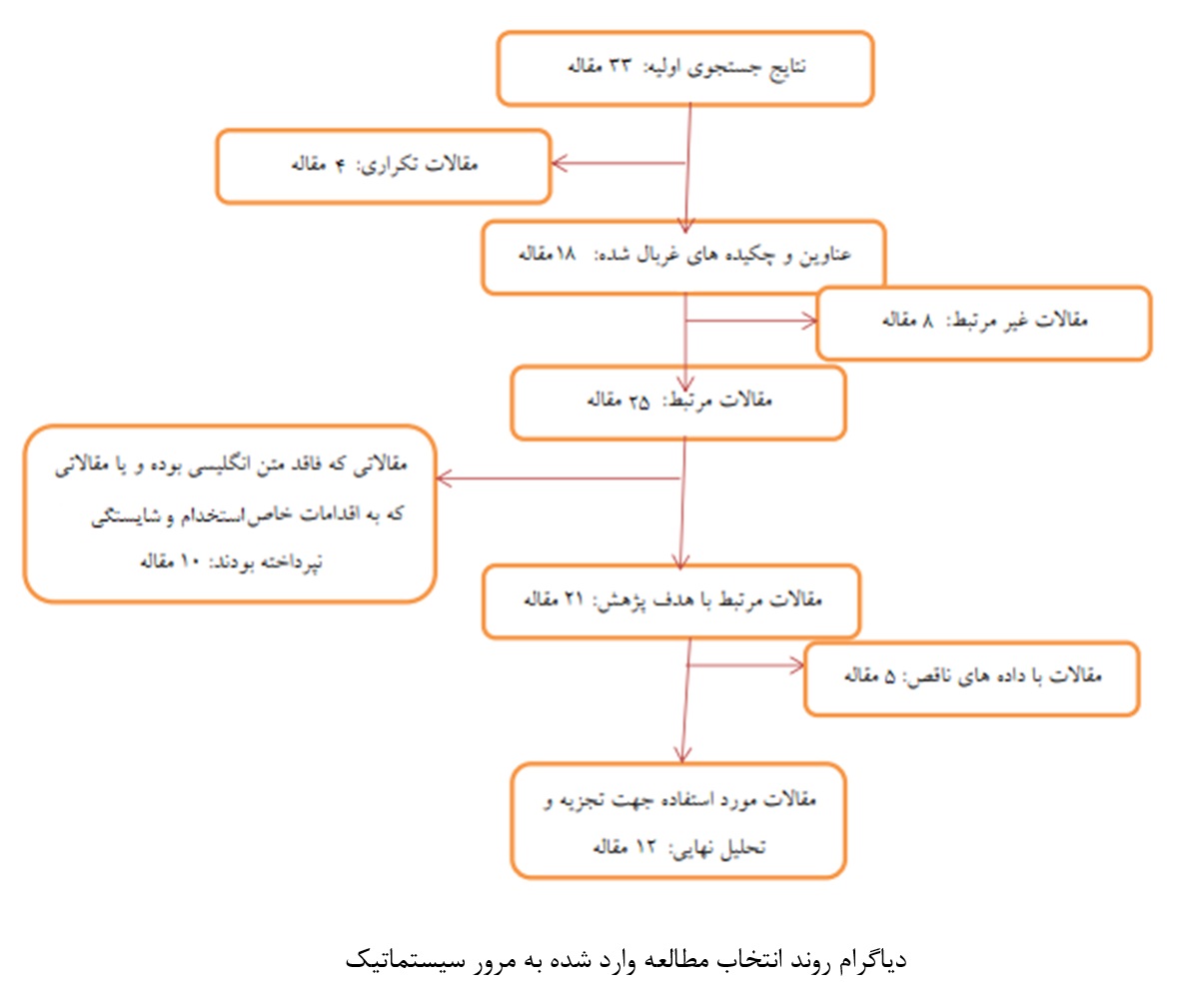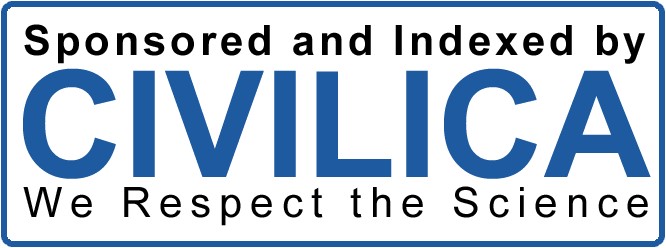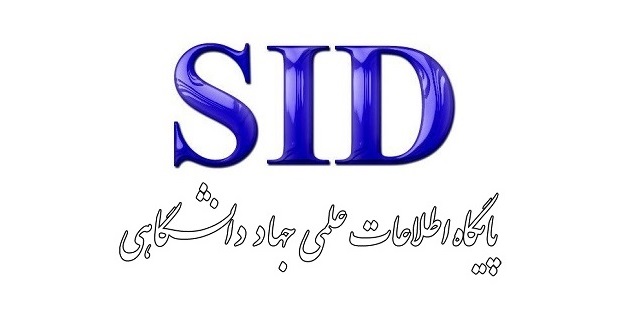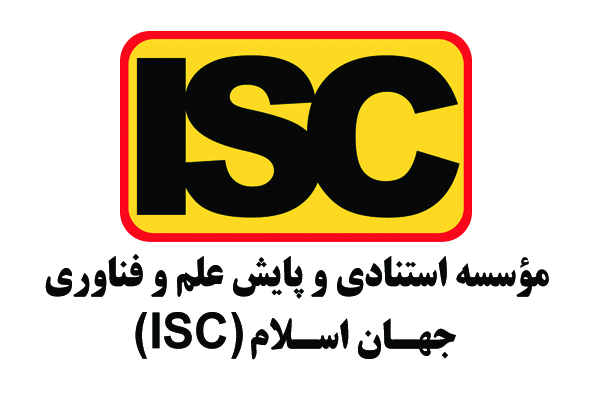Examining Factors Influencing Competency-Based Recruitment Processes in Organizations
Keywords:
Recruitment, Competency, OrganizationAbstract
The aim of the present study is to examine competency-based recruitment. This study is a systematic review of best practices in competency-based recruitment. Articles published from 2020 to 2023 that explored the topic of competency-based recruitment were considered. Based on the scores assigned to each article, the researcher excluded 71 articles out of 33 and ultimately retained 12 articles for data analysis. In this study, all available studies published between 2020 and 2023 in the Gregorian calendar (and between 1399 and 1401 in the Persian calendar) were reviewed. Of the 33 studies identified, only 12 met the research criteria, among which only three were domestic articles. The results indicate that competencies are applicable in various areas of human resource management, ranging from individual functions such as recruitment and performance management to organizational functions such as strategic planning, organizational structure design, strengthening organizational culture, and technology development. Competency, in fact, serves as an implicit indicator of an individual's multidimensional functions that effectively integrate with the criteria of an organization to achieve maximum efficiency in task performance. Overall, it can be concluded that the proper implementation of meritocracy necessitates attention to professional, individual, behavioral, communicative, and managerial competencies. External organizational factors, digital technologies, and competency-based recruitment are identified as the most important prerequisites for meritocracy, with the implementation of meritocracy encompassing both intra-organizational and individual outcomes.
Downloads
References
Amin, Hashemianzadeh, Shamim, & Mahajeri. (2022). A review of best human resource management practices during the COVID-19 pandemic. Iranian Journal of Occupational Health, 19(1), 228-240. https://doi.org/10.52547/ioh.19.1.228
Breen, R., & Goldthorpe, J. H. (1997). Explaining educational differentials: Towards a formal rational action theory. Rationality and Society, 9(3), 275-305. https://doi.org/10.1177/104346397009003002
Castillo Arias, L. (2021). Competency-Based Management for Organizational Development at Universidad Nacional Mayor de San Marcos. Industrial Data, 24(1), 97-120. https://doi.org/10.15381/idata.v24i1.16287
Eidi, K., & Mohammadi-Askarabad, M. (2019). The effect of human resource competency on organizational effectiveness; the mediating role of organizational innovation. Human Resource Management in Sport, 6(2), 195-205. https://shm.shahroodut.ac.ir/article_1526.html
García-Sierra, A. (2023). The Dark Side of Meritocratic Beliefs: Is Believing in Meritocracy Detrimental to Individuals from Low Socioeconomic Backgrounds? Social Justice Research, 36, 385-409. https://doi.org/10.1007/s11211-023-00413-x
Jackson, M. (2001). Non-meritocratic job requirements and the reproduction of class inequality: An investigation. Work, Employment & Society, 15(3), 619-630. https://doi.org/10.1177/09500170122119020
Jackson, S., & Schuler, R. (2005). Managing Individual Performance: A Strategic Perspective. https://doi.org/10.1002/0470013419.ch18
Karam, S., Nagahia, M., Dayarathna, V., Ma, J., Jaradat, R., & Hamiltonb, M. (2020). Integrating systems thinking skills with multi-criteria decision-making technology to recruit employee candidates. Expert Systems with Applications, 160, 1-9. https://doi.org/10.1016/j.eswa.2020.113585
Madeira, A. F., Costa-Lopes, R., Dovidio, J. F., Freitas, G., & Mascarenhas, M. F. (2019). Primes and consequences: A systematic review of meritocracy in intergroup relations. Frontiers in psychology, 10, 2007. https://doi.org/10.3389/fpsyg.2019.02007
Markovits, D. (2019). The meritocracy trap. Penguin UK. https://books.google.com/books?hl=en&lr=&id=t_OIDwAAQBAJ&oi=fnd&pg=PP8&dq=%5B1%5D+Markovits+D.+The+meritocracy+trap:+Penguin+UK%3B+2019.+&ots=yio0cztOBA&sig=4kWZoa3hAFH_L5nBwjX1vsU4DlM
Mijs, J. J. B. (2016). The unfulfillable promise of meritocracy: Three lessons and their implications for justice in education. Social Justice Research, 29(1), 14. https://doi.org/10.1007/s11211-014-0228-0
Mosavi, S. N., Farahikhteh, V., & Hojjat, H. (2019). Identification and prioritization of dimensions and components of competency for Iranian judicial chiefs. Human Resource Management Research, 38(11), 77-110. https://hrmj.ihu.ac.ir/mobile/article_204930.html
Naderi, G. (2020). Examining competency in the policymaking system of the Islamic Republic of Iran in theory and practice (with an emphasis on the legislative and executive branches). Islamic Government Quarterly, 24(4), 157-184. https://mag.rcipt.ir/article_110618.html
NgaAssia, P., & Okon Effanga, E. (2021). Optimal Manpower Recruitment and Promotion Policies for the finitely graded systems using dynamic programming. Heliyon, 7(7), 1-12. https://doi.org/10.1016/j.heliyon.2021.e07424
Nguyen, T. H., Frideres, J., Chu, X. D., Luong, T. V. H., Pham, Q. T., & Dinh, V. H. (2021). Management of Primary Teachers according to the Approach of Competency-based Human Resources Management. Addaiyan Journal of Arts, Humanities and Social Sciences, 3(6), 93-116. https://doi.org/10.36099/ajahss.3.6.8
Rahman, M., Aydin, E., Haffar, M., & Nwagbara, U. (2020). The role of social media in e-recruitment process: Empirical evidence from developing countries in social network theory. Journal of Enterprise Information Management, 1-22. https://doi.org/10.1108/JEIM-12-2019-0382
Rashid, K., Karimi, K., & Ataei, M. (2020). Determination and classification of general and job-specific competencies of inspectors in government centers. Human Resource Management Research, 41(12), 183-207. https://jms.ihu.ac.ir/article_205564.html?lang=en
Rozario, S. D., Venkatraman, S., & Abbas, A. (2019). Challenges in Recruitment and Selection Process: An Empirical Study. Challenges, 10, 35. https://doi.org/10.3390/challe10020035
Sagioglou, C., Forstmann, M., & Greitemeyer, T. (2019). Belief in social mobility mitigates hostility resulting from disadvantaged social standing. Personality and Social Psychology Bulletin, 45(4), 541-556. https://doi.org/10.1177/0146167218789073
Santamaria Ruiz, M., Ramírez Molina, R., Antequera Amaris, R., & Lay Raby, N. (2022). Types of competencies of human talent supported by ICT: definitions, elements, and contributions. Procedia Computer Science, 210, 368-372. https://doi.org/10.1016/j.procs.2022.10.166
Saunders, P. (1995). Might Britain be a meritocracy? Sociology, 29(1), 23-41. https://doi.org/10.1177/0038038595029001003
Smythe, S., Grotlüschen, A., & Buddeberg, K. (2021). The automated literacies of e-recruitment and online services. Studies in the Education of Adults, 53(1), 4-22. https://doi.org/10.1080/02660830.2020.1855870
Sobocka-Szczapa, H. (2021). Recruitment of Employees-Assumptions of the Risk Model. Risks, 9, 55. https://doi.org/10.3390/risks9030055
Sullivan, S. E., & Al Ariss, A. (2019). Making sense of different perspectives on career transitions: A review and agenda for future research. Human Resource Management Review. https://doi.org/10.1016/j.hrmr.2019.100727
Van Dijk, H., Kooij, D., Karanika-Murray, M., De Vos, A., & Meyer, B. (2020). Meritocracy a myth? A multilevel perspective of how social inequality accumulates through work. Organizational Psychology Review, 10(3-4), 240-269. https://doi.org/10.1177/2041386620930063
Young, M. (2017). The Rise of the Meritocracy. Routledge. https://www.taylorfrancis.com/books/mono/10.4324/9781315134642/rise-meritocracy-michael-young

Downloads
Published
Submitted
Revised
Accepted
Issue
Section
License
Copyright (c) 2024 Journal of Technology in Entrepreneurship and Strategic Management (JTESM)

This work is licensed under a Creative Commons Attribution-NonCommercial 4.0 International License.










